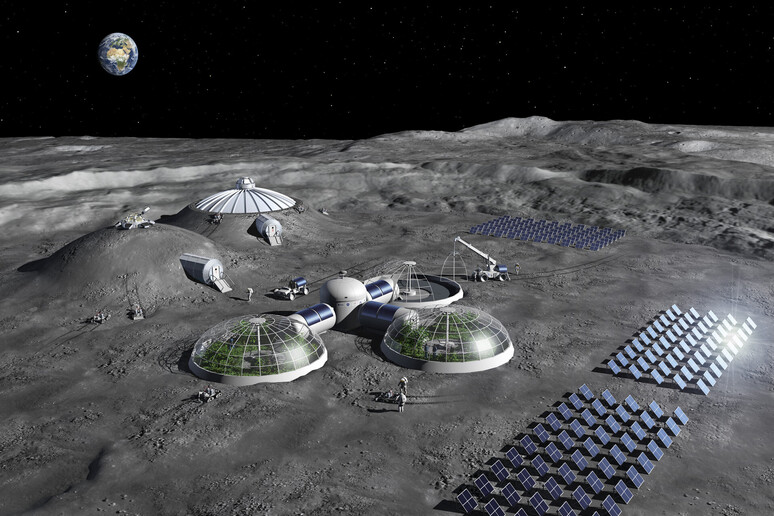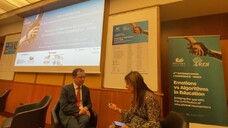Robotic mirrors that use artificial intelligence to read moods, inflatable walls that can move to provide privacy, 3-D printers capable of using materials found on other planets, lasers to solidify sand particles: these are just some of the emerging technologies that could make space shuttles and space stations more welcoming and help build bases on other planets in the future.
"Design can make an important contribution to the exploration of the Moon and Mars," designer and space planner Raffi Tchakerian of the Dubai Institute of Design and Innovation tells ANSA.
Some technologies are already being tested, such as the robotic mirror selected in the Shenzhen Biennial in 2019, designed by Tchakerian with former MIT students Sayjel Vijay Patel and Jie Zhang.
"It's a mirror that can read emotions with the help of artificial intelligence and a built-in camera that scans the face: depending on what it sees, it changes colour to match the mood of the person in front of it and can even try to make someone who is sad or anxious smile,” said Tchakerian, adding that he later proposed building these technologies into space stations or shuttles during long missions or journeys.
The goal, explained the designer, is "to modify the environment and interior space to make them more welcoming. One possibility we're working on are flexible systems," composed, for example, of inflatable interior compartments, or fibres that stiffen and smart materials that can provide privacy or make larger environments available.
Riproduzione riservata © Copyright ANSA













